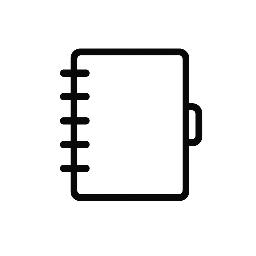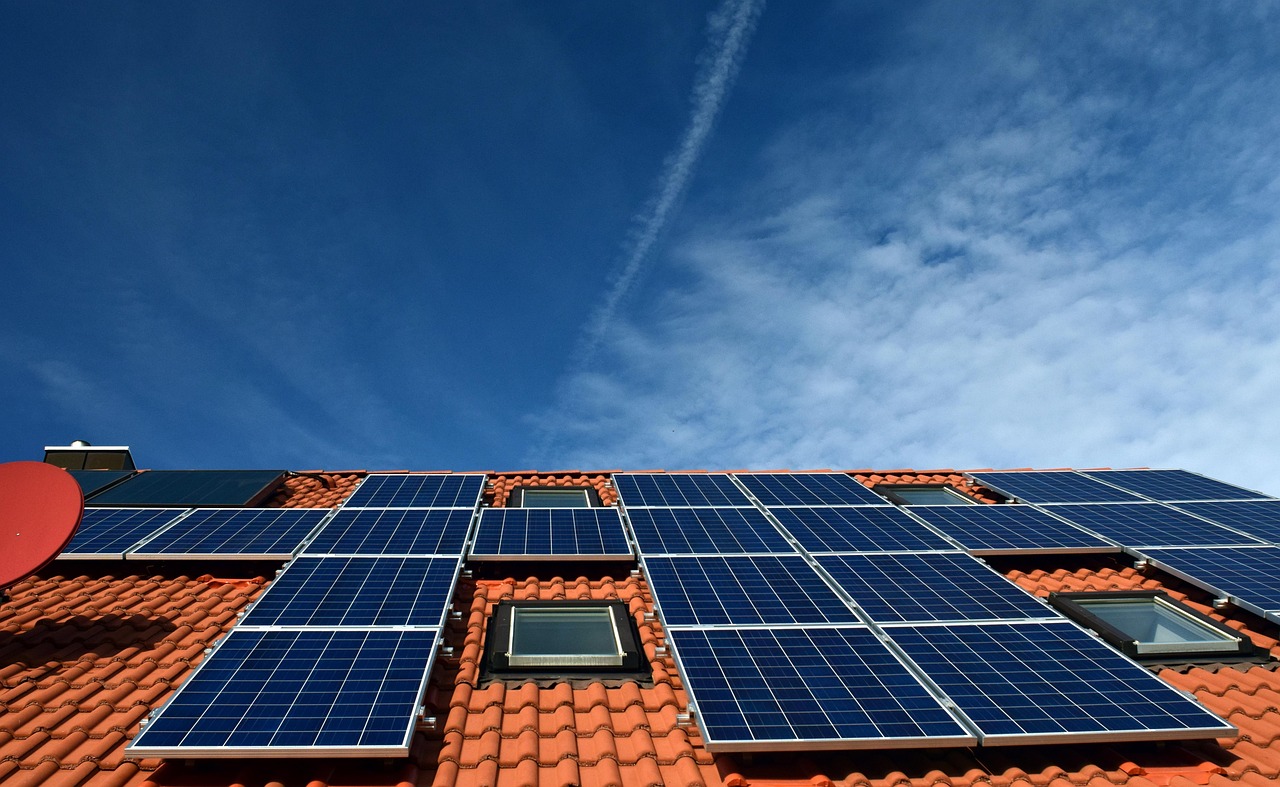Building integrated solar panels combine the function of traditional solar panels with the design of a building’s structure. They replace conventional building materials like roofs or facades with solar elements, making the energy system part of the physical construction. This approach allows buildings to generate clean energy without adding extra equipment on top or outside.
These panels are designed to blend seamlessly with architectural features, providing both energy efficiency and aesthetic value. They suit new constructions and renovations, offering a practical solution for reducing reliance on external power sources.
By integrating solar technology directly into the building fabric, they maximize space use and can lower energy costs over time. Their adoption is growing as sustainable building practices become more common.
Fundamentals of Building Integrated Solar Panels
Building integrated solar panels combine solar energy generation with architectural elements. They replace or become part of building materials, serving dual functions without adding separate equipment. Understanding how they operate, their types, and benefits helps clarify their role in modern construction.
How Building Integrated Solar Panels Work
Building integrated solar panels convert sunlight directly into electricity using photovoltaic (PV) cells embedded within common building materials. These panels are installed as parts of roofs, facades, or windows, replacing traditional construction elements.
They capture sunlight and convert it to direct current (DC), which is then typically converted to alternating current (AC) for building use. Integration often requires specialized design to align electrical connections and weatherproofing with building standards.
This system reduces installation complexity and preserves aesthetics by blending with the structure. It also often improves thermal insulation and reduces heat gain or loss.
Types of Building Integrated Solar Technologies
There are three primary types of building integrated solar technologies:
- BIPV Roof Tiles: These replace traditional roofing tiles with solar-active tiles made of silicon or thin-film materials.
- Solar Facades: Panels are designed as cladding or curtain walls, directly substituting exterior walls.
- Solar Glass: Transparent or semi-transparent PV cells are embedded into windows or skylights, allowing light transmission while generating power.
Each type varies in efficiency, cost, and suitable applications. For example, solar glass enables daylight while producing energy, but usually at lower efficiency than opaque panels.
Key Benefits Compared to Traditional Solar Systems
Building integrated solar panels eliminate the need for separate mounting structures, reducing material use and installation time. This leads to cost savings and cleaner aesthetics.
They enhance building envelope functions, offering improved insulation and weather resistance. Unlike traditional panels, they do not protrude or require additional roof space.
Integration also allows for customized design, matching architectural styles while generating energy. This multifunctionality can increase property value and reduce overall energy expenses.
Design, Installation, and Applications
Building integrated solar panels combine functionality with aesthetics, requiring careful design and precise installation to ensure efficiency. Their use spans various building types, adapting to multiple architectural styles and practical demands.
Architectural Integration Strategies
The design of building integrated solar panels (BIPV) focuses on blending solar technology with the building’s structure, such as rooftops, facades, or skylights. They often replace traditional materials like glass or roofing tiles, allowing seamless integration without compromising the visual or structural aspects.
Key materials include glass-glass modules for transparency and flexible thin-film panels for curved surfaces. Designers prioritize orientation and tilt angle to maximize solar exposure while maintaining the building’s visual appeal. Color matching and texture alignment also help minimize the visual impact on the building envelope.
Installation and Maintenance Considerations
Installation requires coordination between solar specialists and building contractors to align panel placement with structural supports and wiring routes. Early involvement in the design phase ensures compatibility with electrical systems and roof or facade load limits.
Routine maintenance involves cleaning panels to remove dirt and debris that reduce output. It also includes inspecting seals and electrical connections to prevent moisture ingress and performance degradation. Maintenance plans vary but typically recommend checks twice a year to maintain efficiency.
Common Applications in Residential and Commercial Projects
Residential projects use BIPV mainly in roof tiles and window glazing to generate power without visible panels. This approach supports energy self-sufficiency in homes and aligns with local building codes and design standards.
Commercial buildings adopt BIPV on facades, atriums, and canopies, where larger surface areas enable greater power output. They also benefit from the dual role of panels as shading devices, reducing cooling loads. Offices, retail centers, and schools increasingly incorporate BIPV to meet sustainability goals.
Emerging Trends in Building Integrated Solar Panels
Recent developments emphasize higher efficiency materials like perovskite and multi-junction cells integrated into building components. These materials promise improved energy capture with less surface area.
Smart technology integration allows real-time monitoring and adaptive energy management. Advances in flexible and transparent panels also expand the design possibilities for unconventional building shapes.
Energy-positive buildings combining BIPV with energy storage and smart grids are gaining traction in urban planning.


Leave a Reply